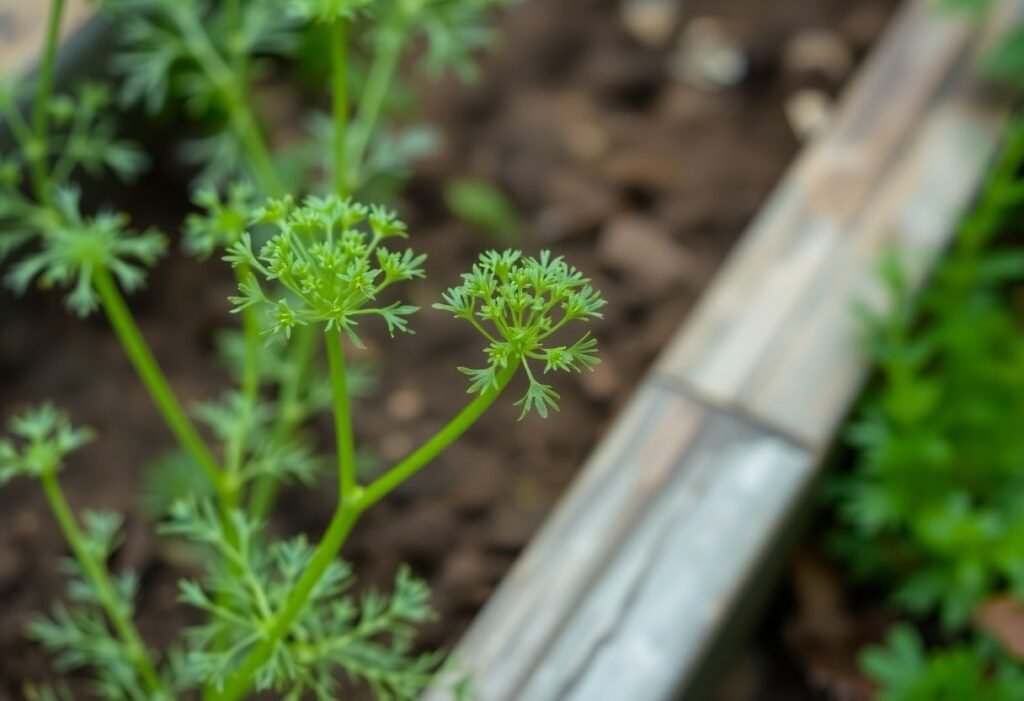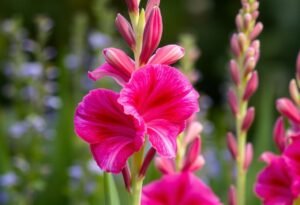Why You Should Consider Propagating Dill
Dill is more than just a culinary herb—it’s a powerhouse of health benefits. Propagating dill encourages gardeners to embrace this beautiful plant in their everyday lives. Dill is filled with vitamins and minerals, adding not only flavor but a nutritional boost to your meals. By growing your own dill, you enjoy a vibrant harvest while taking care of your well-being.
Primary Methods of Dill Propagation
When we talk about propagating dill, we refer to a few fundamental methods. The most popular method is seed sowing directly into the soil. Prepare the earth carefully, plant the seeds, and water them regularly. Another option is to take cuttings from established dill plants, placing them in water until they develop roots. This way, expanding your dill supply becomes a straightforward task.
Creating the Optimal Conditions for Dill Growth
To effectively propagate dill, it’s critical to create the right conditions. Dill thrives in sunny spots with well-drained soil. Planting dill in brightly lit areas provides the best results. Maintaining a consistent moisture level in the soil is also essential, but be cautious of overwatering, as excessive moisture can lead to root rot.
From Seed to Life
Seeds are the beginning of dill’s life journey. The propagation of dill begins with sowing seeds that need to be carefully selected. It’s essential to choose high-quality seeds for optimal yield. Soaking seeds before sowing can also speed up their germination process. Watching a small seed grow into a beautiful plant is a heartwarming experience for any gardener.
Caring for Young Dill Plants
After planting the seeds and witnessing the first sprouts, it’s time for maintenance. Regular watering and weeding are crucial aspects of successful dill propagation. Using organic fertilizers can also enhance the soil without chemicals. Protecting your plants from pests is vital to ensure a healthy and bountiful harvest.
Harvesting and Utilizing Dill in Your Kitchen
Harvesting dill is not just the end result of propagating dill, but a moment of true satisfaction. Once the plants reach a suitable size, you can trim the leaves and use them in your dishes. Dill elevates countless recipes, from salads to soups, infusing them with fresh flavors that transform any meal into a culinary masterpiece.
Tips for Experienced Gardeners
For those with experience in propagating dill, a few effective tips can facilitate the growing process. Though dill is generally easy to cultivate, monitoring its growth and responding to changes is essential. Feel free to experiment with different dill varieties, which can add diversity to your garden.
Conclusion
The propagation of dill is a wonderful way to merge a love of gardening with the joy of enjoying nature’s bounty. Providing endless benefits—from fresh ingredients to nutritional value and garden beauty—propagating dill transforms into a deeply rewarding endeavor. I encourage everyone to try planting dill and experience firsthand how easy it is to enrich your life.
Disclaimer
This article provides general information on dill cultivation. Always consult with a local specialist or reference community resources for the best results.

















